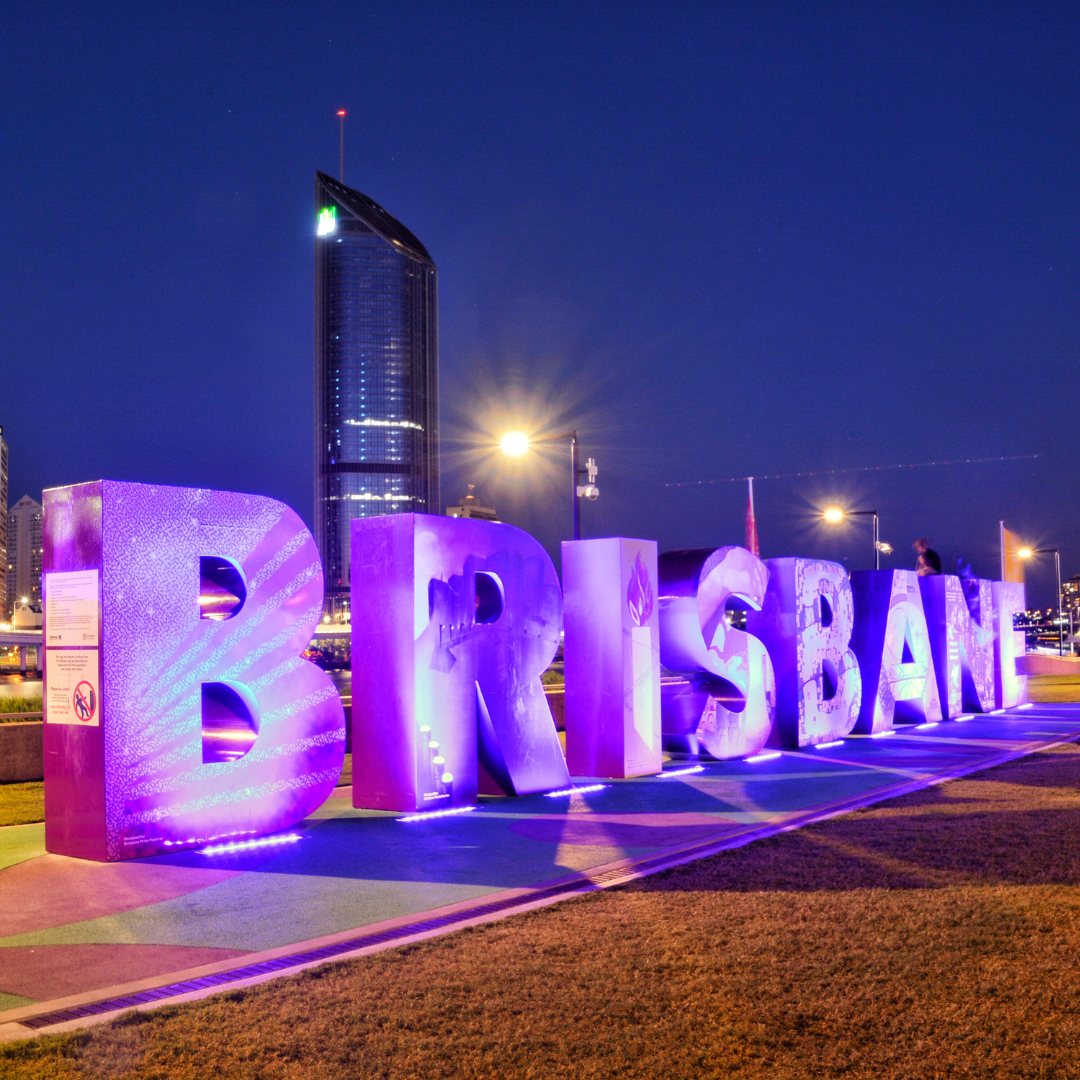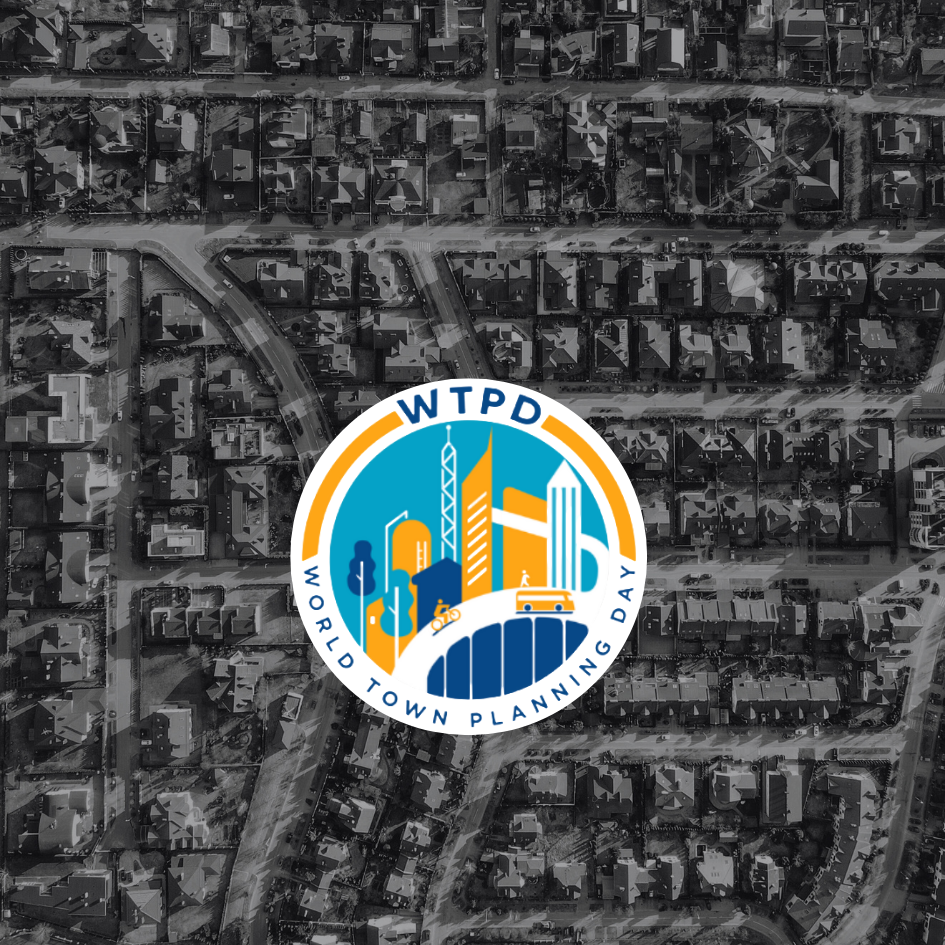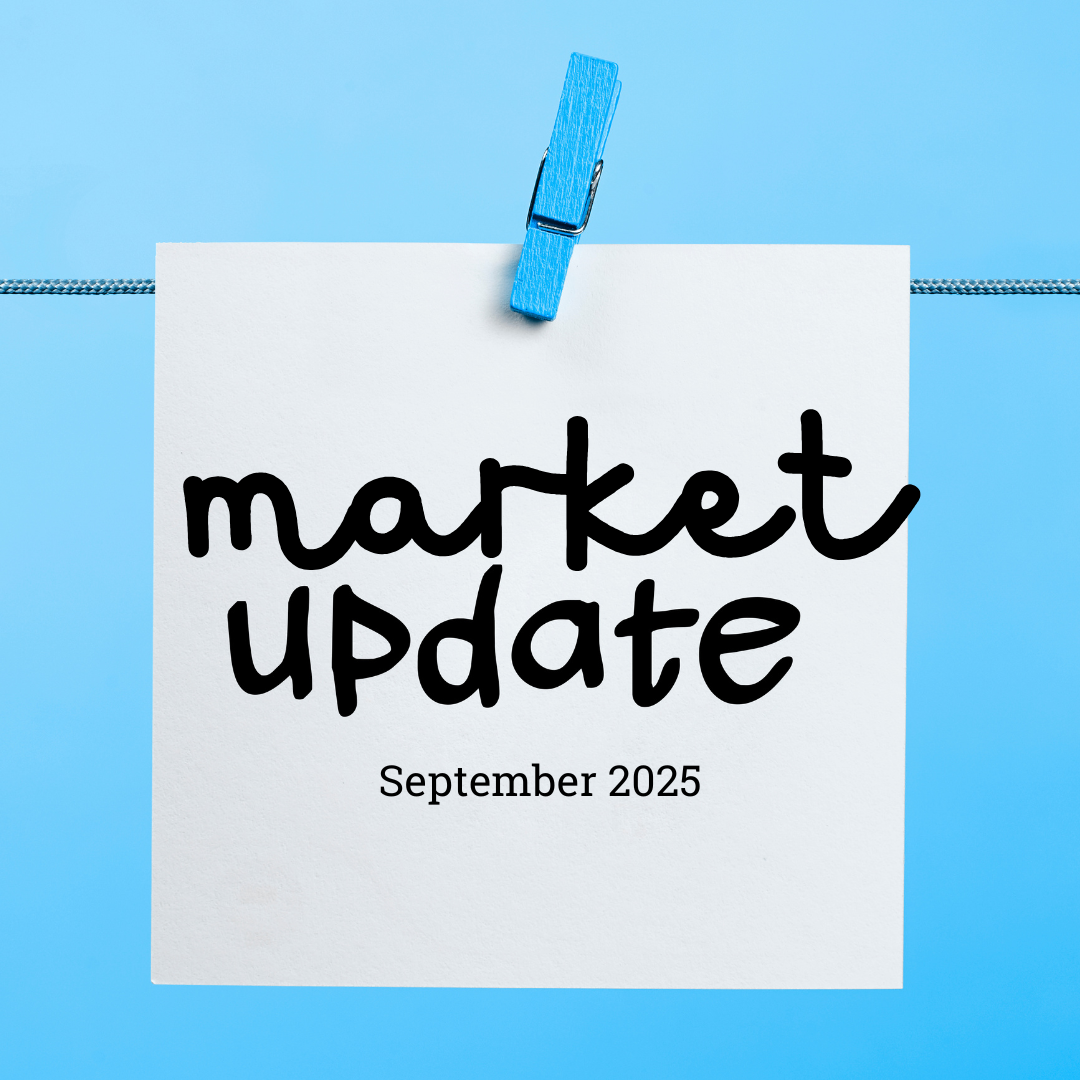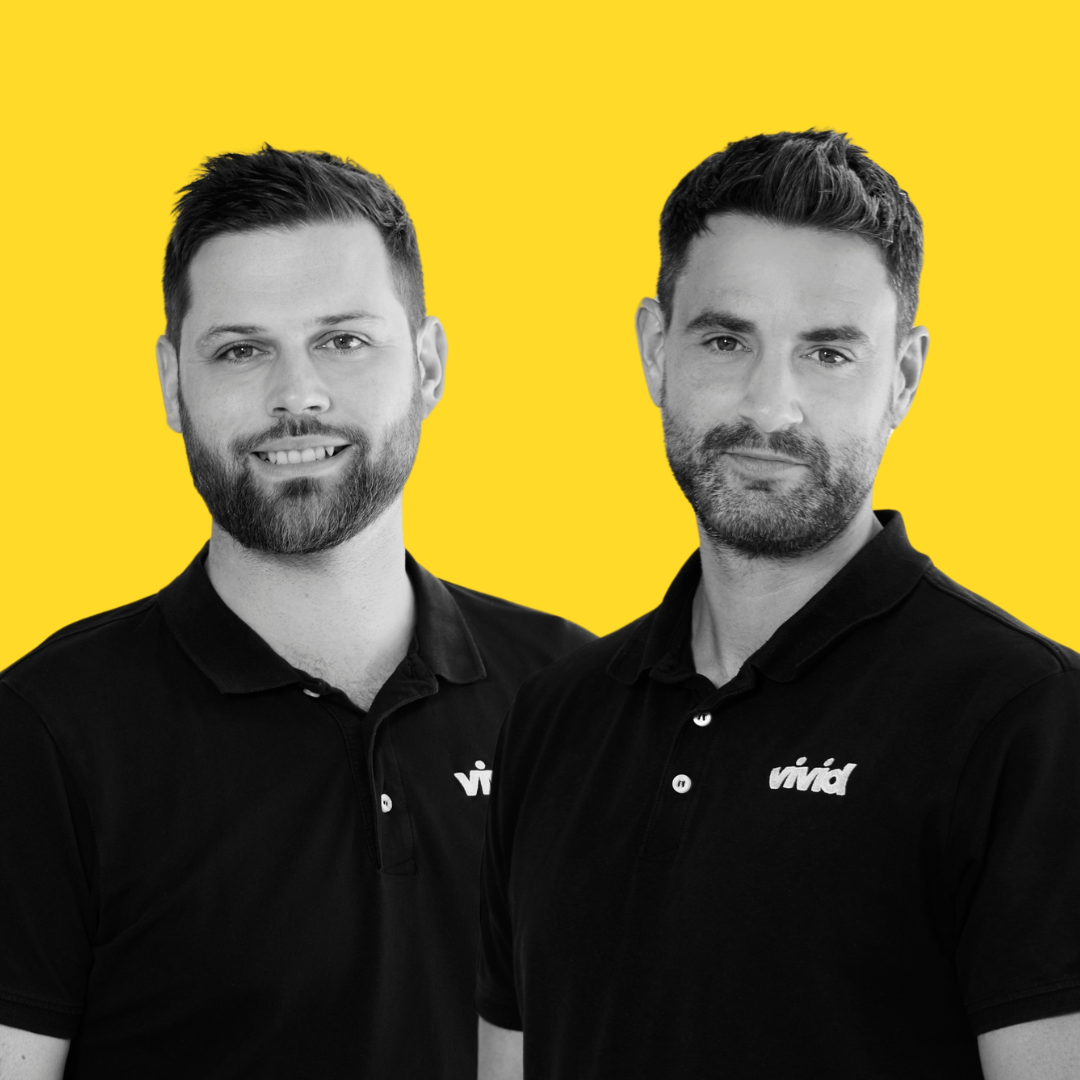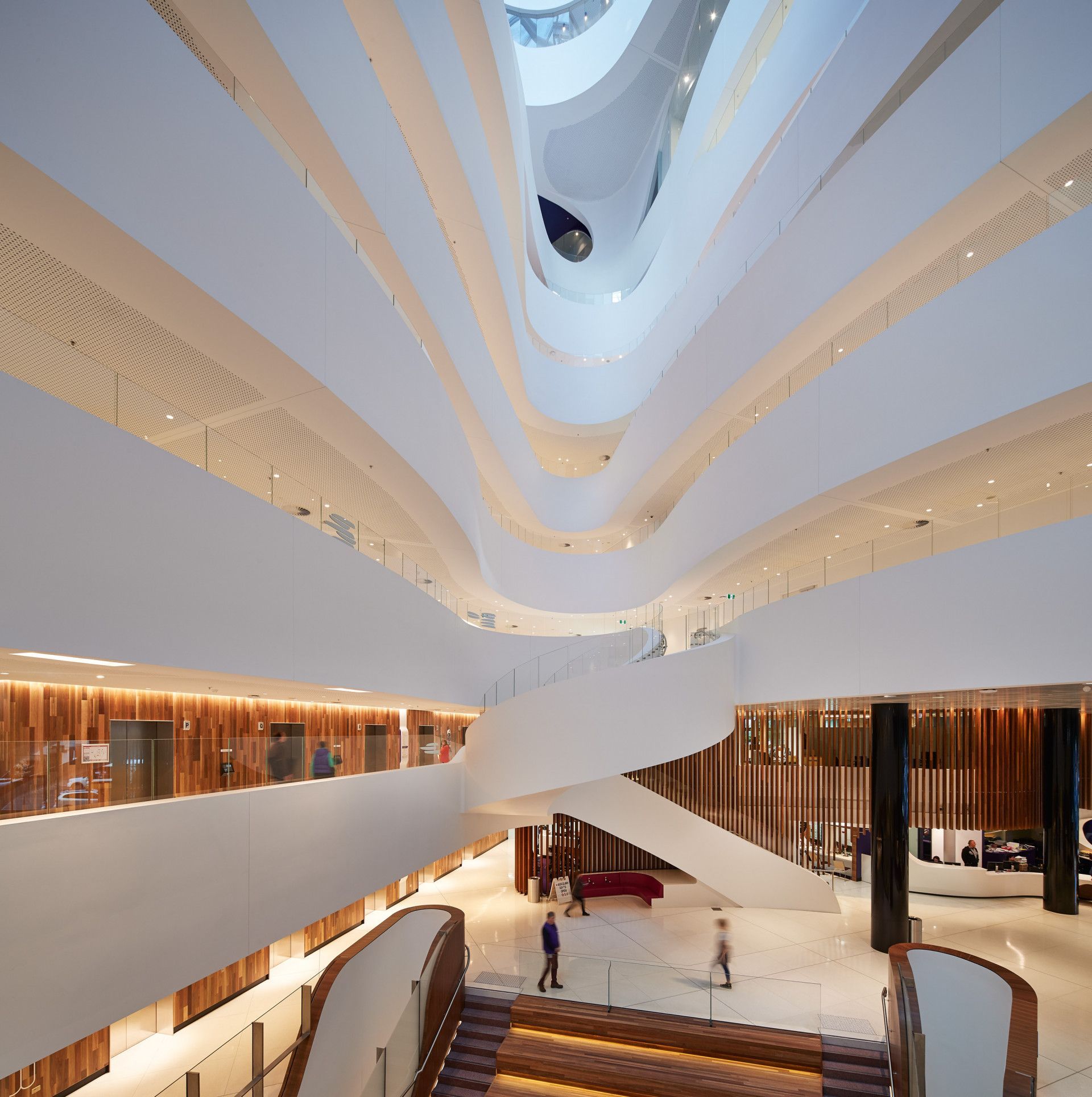The Importance of Project Management in Engineering Roles
In Australia’s engineering building services industry, delivering effective solutions isn’t just about technical expertise—it’s about bringing projects to life on time, within budget, and to exacting standards. This is where project management comes in, a skill that’s increasingly essential for engineers in this sector. Whether working on HVAC systems, electrical design, or fire safety solutions, understanding project management can elevate an engineer from a competent professional to a true leader.
1. Turning Concepts into Reality
Engineering building services projects often start as technical blueprints or innovative concepts. However, the journey from concept to reality involves managing budgets, timelines, resources, stakeholders, and risks. A solid foundation in project management enables engineers to translate complex goals into actionable tasks, ensuring that designs are executed successfully and meet Australian compliance standards.
2. Efficient Resource Utilisation
Building services projects rely on finite resources, such as skilled labour, materials, and cutting-edge technology. Project management helps engineers in this industry plan and allocate these resources effectively, reducing waste and maximising outcomes. This is particularly vital in Australia, where sustainable practices are increasingly prioritised in both commercial and residential developments.
3. Collaboration Across Teams
Engineering projects in building services rarely happen in isolation. Collaboration is key, often involving architects, mechanical engineers, electrical contractors, and developers. A project management mindset equips engineers with the skills to coordinate diverse teams, ensuring clear communication and alignment with shared objectives—especially crucial in large-scale Australian developments.
4. Managing Risks and Uncertainties
Unforeseen challenges—such as supply chain disruptions, design modifications, or regulatory changes—are inevitable in building services projects. Engineers with strong project management skills can anticipate and mitigate these risks, ensuring projects remain on track despite the complexities of the Australian market.
5. Meeting Client Expectations
Clients in Australia’s building services industry expect solutions that are not only technically sound but also delivered within strict timelines and budgets. Engineers who excel in project management ensure these expectations are met consistently, enhancing client satisfaction and securing repeat business.
6. Adapting to Industry Trends
The Australian engineering building services sector is rapidly evolving, with trends like smart building technologies, energy efficiency, and AI-driven systems shaping the industry. Engineers who can integrate these advancements into their projects—while managing timelines and budgets—are invaluable to modern developments.
7. Career Advancement Opportunities
For engineers in building services, project management is often the key to leadership roles, such as project engineers, engineering managers, and directors. In Australia, where demand for skilled professionals in this sector is high, developing these skills can open doors to exciting opportunities in both urban and regional markets.
How Vivid Recruitment Can Help
At Vivid Recruitment, we understand the unique demands of Australia’s engineering building services industry. Whether you’re an engineer looking to enhance your career or an organisation seeking top talent, we’re here to connect you with opportunities that value project management expertise. From insights into market trends to matching you with roles that fit your skillset, we ensure you stay ahead in this dynamic industry.
Ready to advance your engineering career in the Australian building services sector? Let’s make it happen together. Get in touch with us today to explore your options.
Contact Nick
If you would like to have a conversation about talent you need for your business or regarding your next career move, give Nick a buzz or drop him a line via:
📧 nick@vividrecruitment.com.au
You can also connect with Nick on LinkedIn or follow the Vivid Recruitment LinkedIn page for more industry insights, news, jobs and general chit chat and tips!
